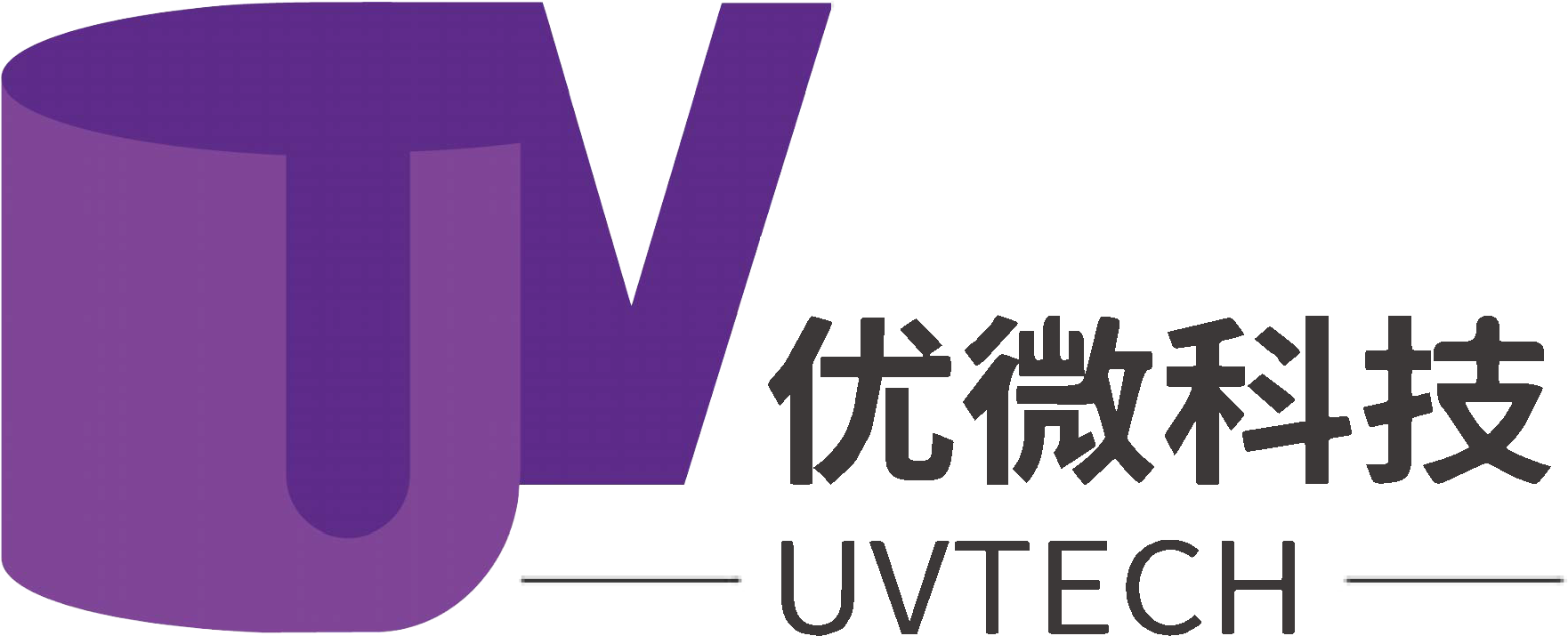How HPLC Helps Ensure the Safety of the Food We Eat
Release time:
2025-07-03
Food safety is a top priority for consumers, regulators, and manufacturers around the world. But how do we actually detect harmful substances in the food we eat? One of the most powerful tools behind the scenes is High-Performance Liquid Chromatography (HPLC) — a technique widely used to analyze food quality and identify even the smallest traces of contaminants.
What Is HPLC?
High-Performance Liquid Chromatography is an analytical technique that separates, identifies, and quantifies compounds in a liquid sample. It works by pushing a mixture through a tightly packed column using a high-pressure pump. Each component interacts differently with the column material and exits the column at a different time — this is known as the retention time. A detector records the signal, producing a graph with peaks representing different compounds.
Why Is HPLC Used in Food Testing?
HPLC is ideal for detecting trace levels of substances that may not be visible or measurable by simpler methods. It is commonly used to analyze:
Pesticide residues in fruits and vegetables
Veterinary drug residues in meat, milk, and seafood
Mycotoxins (toxic compounds produced by molds) in grains and nuts
Food additives and colorants
Vitamins and nutrients for nutritional labeling
A Real-World Example: Detecting Pesticides in Strawberries
Strawberries are known to be vulnerable to pesticide use. To ensure they are safe for consumption, food safety laboratories extract a small juice sample, dilute it with solvents, and inject it into the HPLC system. The machine separates the pesticides from the natural sugars and acids, allowing precise measurement of each compound.
If a certain pesticide exceeds the maximum residue limit (MRL) set by food safety authorities, the batch is rejected or investigated further.
Benefits of HPLC in Food Analysis
High Sensitivity: Detects even parts per billion (ppb) of contaminants
Accuracy and Reproducibility: Reliable for repeated testing
Versatility: Can analyze both water-soluble and fat-soluble compounds
Regulatory Compliance: Helps companies meet local and international food safety standards
Looking Ahead
As food supply chains become more global and complex, rapid and accurate testing is more important than ever. HPLC systems are now being combined with mass spectrometry (LC-MS) to provide even more detailed analysis. New portable HPLC models are also under development for on-site testing at farms and production lines.
Conclusion
From pesticide detection to vitamin analysis, HPLC plays a critical role in ensuring the food we eat is safe, healthy, and accurately labeled. Though it often works behind the scenes, this technology quietly protects public health every day.
Key words:
Previous
Related News
Contact Information
Add: 2nd Floor, Building 3, No. 1 Chaoqian Rd, Changping, Beijing, China PRC.
HQ:1-11 Kanda lzumi cho, Chiyoda ku, Tokyo, Japan
TEL:18613365565
MAIL: info@uvtech-cc.com
Copyright 2024 Beijing UVTech Inc. All Rights Reserved









